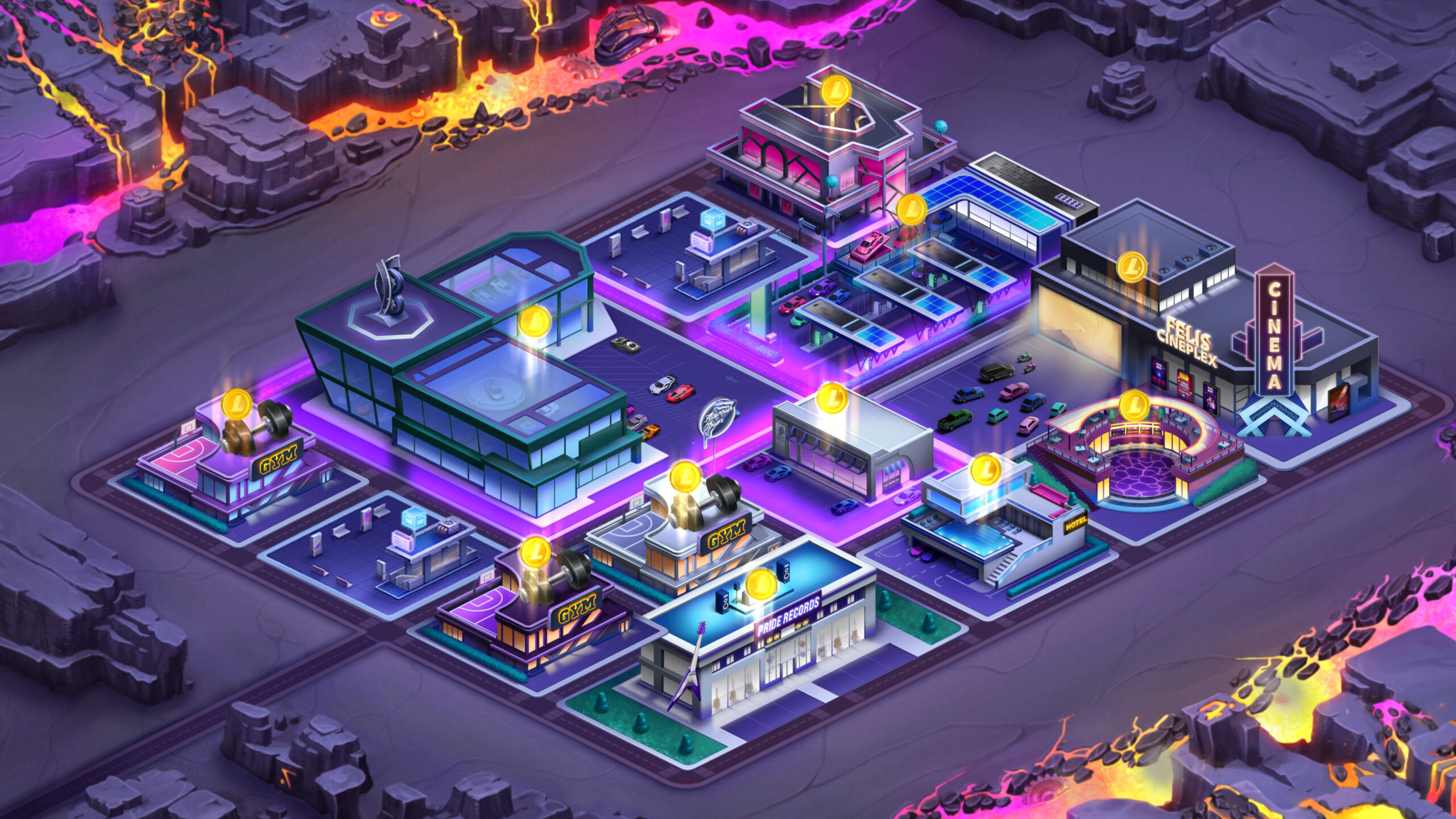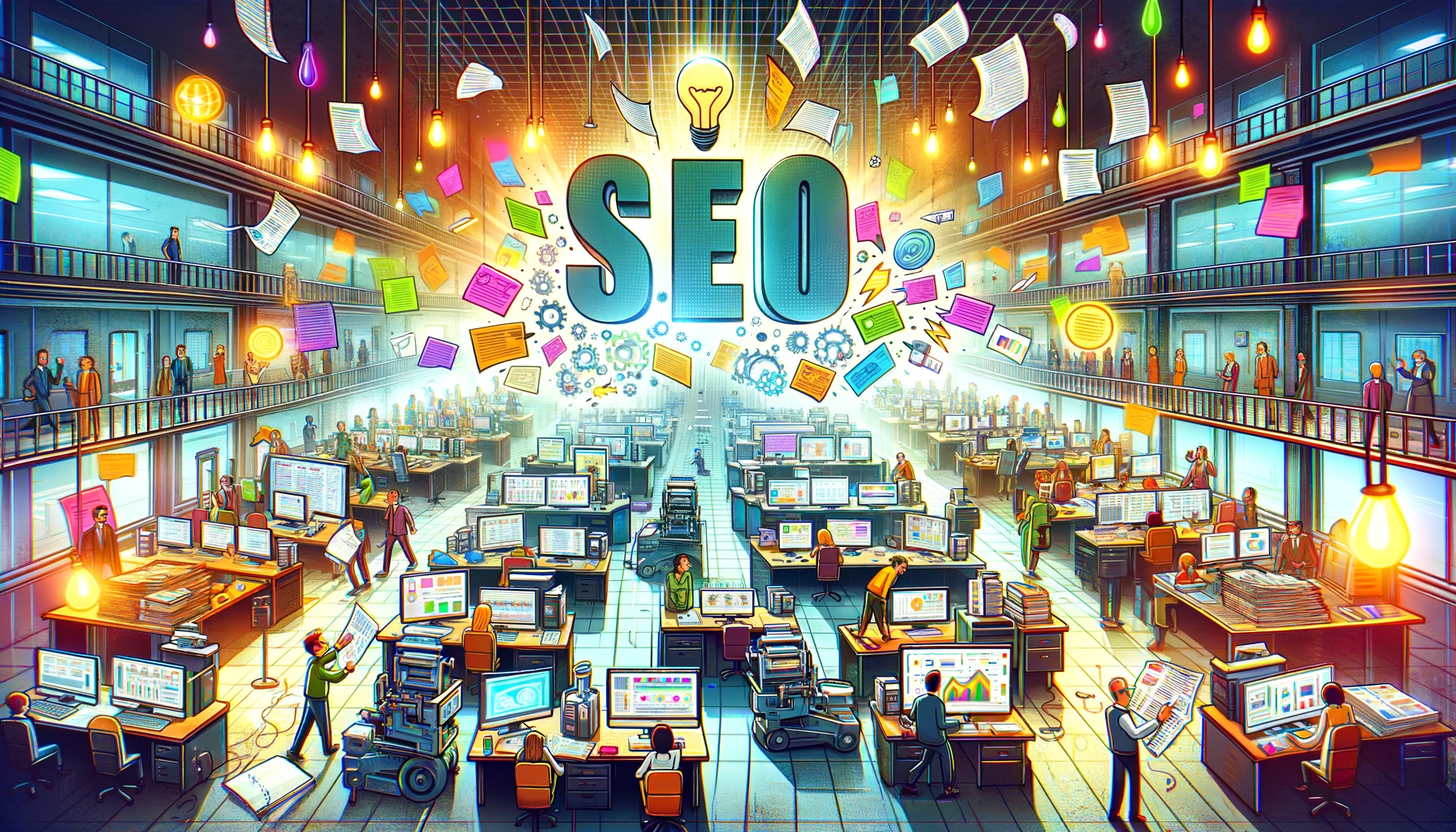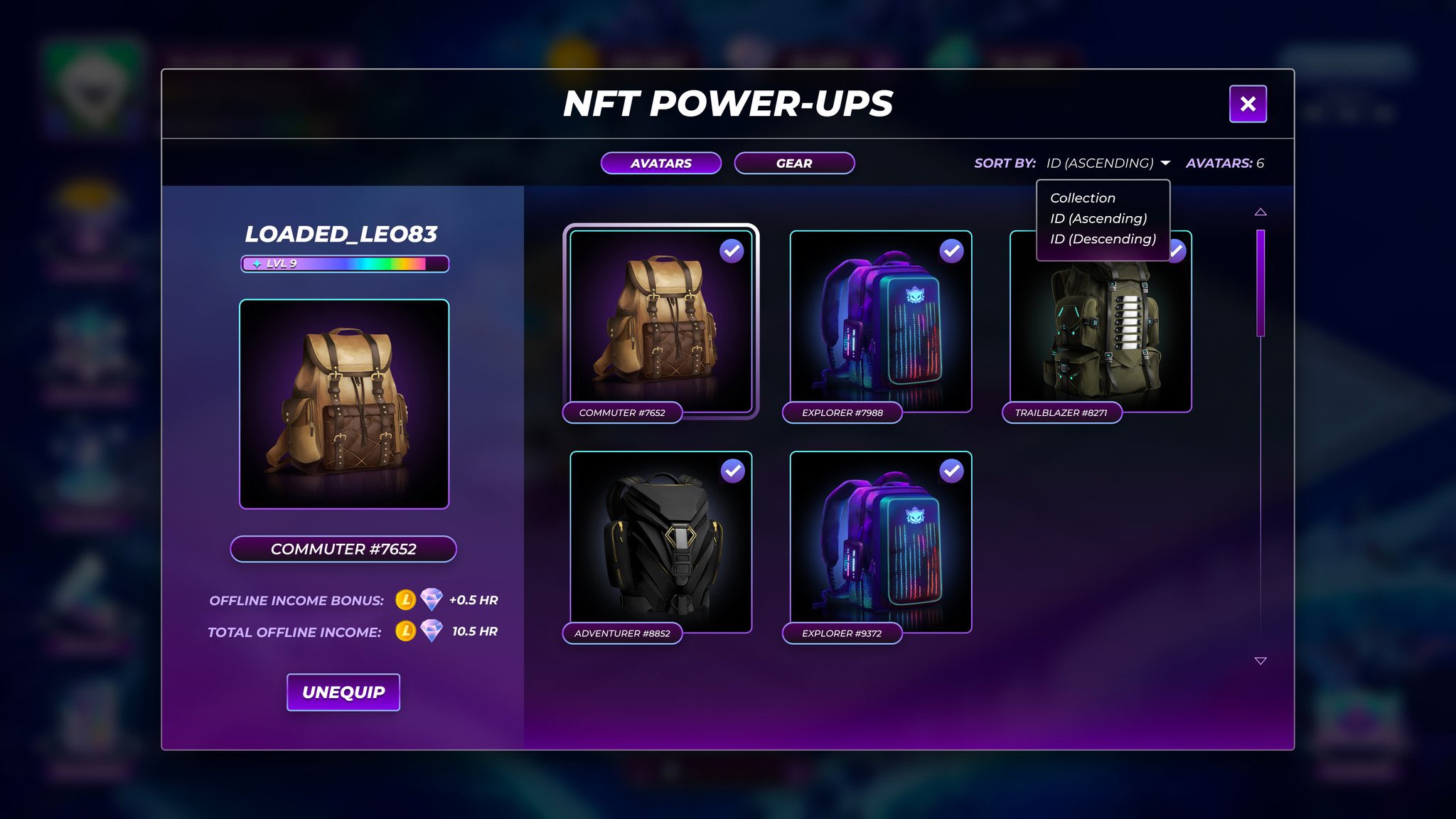IS THE PRIVACY ON INSTAGRAM JUST A CHIMERA?
Over the recent years, we’ve witnessed a media and political pillory against platforms like Facebook, accused of not adequately safeguarding user privacy and data. I’ve always defended these platforms, maintaining they guard data better than many other companies. Throughout my career, I’ve seen sensitive user data being handled carelessly, akin to discarded papers on a desk.
Most privacy-related scandals that have emerged ended up with little to no consequences, evaporating like soap bubbles in the air. However, the vast reach of these platforms didn’t escape the attention of third-party programmers, who sought to exploit social network loopholes for their own gain.
DOES VIEWING STORIES SECRETLY AMOUNT TO INVASION OF PRIVACY ON INSTAGRAM?
In today’s social media landscape, Instagram and TikTok are the platforms most favored by the younger generation. Instagram has swept away competition, including rising platforms like Snapchat, while TikTok has built its success on the power of videos and virality.
These platforms have unlocked unprecedented opportunities for programmers eager to monetize by offering additional features to this young audience.
Recently, we’ve seen the rise of unofficial apps that add functionalities to Facebook and Instagram. These programs, not available in official digital stores, are easily downloadable from the web.
These applications raise critical questions concerning privacy and safety. Indeed, it’s difficult to ascertain how much these programs could endanger the user and their network.
An example of these functionalities is the ability to view stories anonymously. This can be interpreted as “spying,” allowing the user to see other’s stories without revealing their identity. This is made possible by blocking a data packet that is usually sent to the platform.
INSTAGRAM DOES NOT ALLOW THE USE OF UNOFFICIAL FEATURES
Facebook and Instagram’s terms of use specify that using unauthorized third-party programs is prohibited. Moreover, they provide users with several tools to protect themselves from harmful behaviors.
Options to limit or block a user are among the tools provided. In this way, it’s possible to prevent anyone, even those who don’t follow us, from viewing our content. But how can we protect ourselves from those following us anonymously? Clearly, the tools provided to us are no longer sufficient.
WHO IS TO BLAME?
The main responsibility lies with the user choosing to use these programs. The terms of use for social networks indeed forbid the use of third-party applications. The harshest penalty for such actions is a ban.
However, witnessing a ban for the use of prohibited programs is rare, which underscores that current regulations and protective measures are insufficient.
CRIMES AND PRIVACY PROTECTION ON INSTAGRAM
There are several problematic aspects to consider:
- The need for protection and prevention from crimes like online stalking and bullying.
- The lack of information and metrics that could be used for commercial purposes.
- Actions to limit the use of unofficial third-party software.
In the case of cyberstalking, it is practically impossible for the user to protect themselves from harmful behaviors and limit or block the attacker.
The second issue concerns businesses and translates into an economic loss not easily quantifiable. It’s a complex dilemma, since posting a story is inherently public, and the company accepts this condition provided they can know the identity and information of the user viewing the content.
The most significant question is what Meta (Instagram’s parent company) is doing to limit the use of these unauthorized programs. Banning users is not enough. In fact, as long as these programs remain available, there will always be a new user ready to use them.






